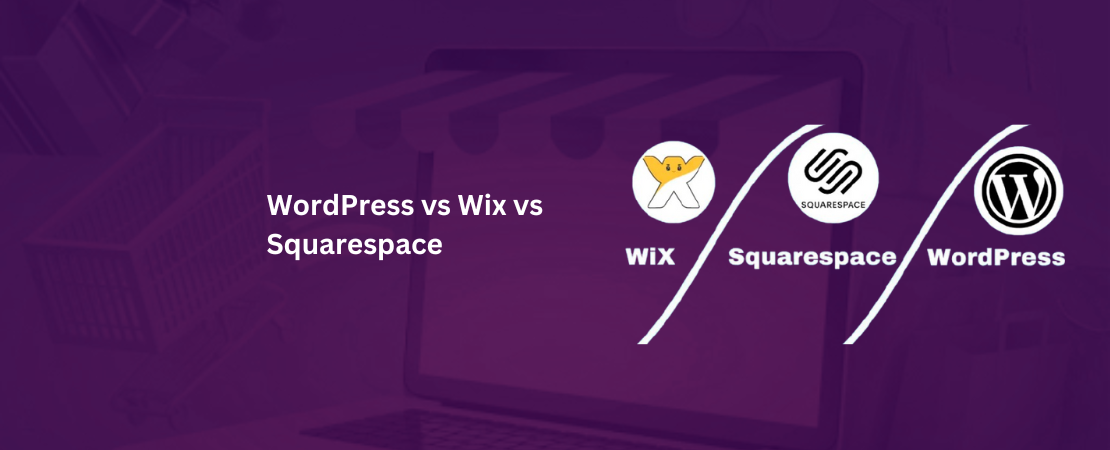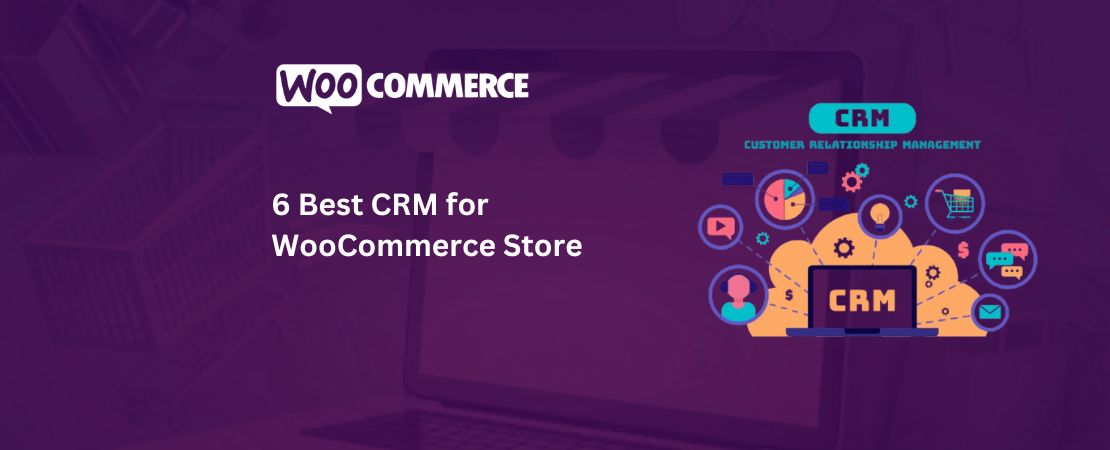Countless businesses and creators use WooCommerce to build their websites and e-commerce stores owing to its customization and relative ease of use.
However, many WooCommerce developers often overload websites with excessive and unnecessary plugins, neglect performance optimization, and ignore mobile optimization.
Leaving these issues unattended can slow down your store, frustrate users and customers, and hurt website conversions. To speed up your WooCommerce site, focus on optimizing scripts, styles, and checkout processes.
Therefore, optimizing for speed, using essential plugins, and having the site work flawlessly on several devices is important.
Security lapses, poor coding standards, and a lack of compatibility testing often lead to vulnerabilities and broken functionality.
Follow WooCommerce and WordPress coding standards, rigorously test for plugin and theme conflicts, and keep everything updated.
Prioritize security, efficient database management, and regular maintenance to deliver a robust, scalable WooCommerce experience.
The Most Common WooCommerce Development Mistakes
We’ve compiled a list of the most common WooCommerce development mistakes and how to avoid them to ensure a smooth WooCommerce website experience.
Here is the list:
Neglecting WooCommerce and WordPress Coding Standards
Why do coding standards matter so much? Following WooCommerce and WordPress coding standards helps businesses with compatibility, security, and maintainability, making collaboration easier while reducing bugs.
Additionally, it ensures your plugins or themes remain compatible with future updates.
Following these standards also helps prevent security vulnerabilities by encouraging safe coding practices, such as proper data validation and sanitization.
The most common mistakes include:
- Messy, inconsistent code that’s hard to read or maintain
- Lack of documentation, making it difficult for others to understand or update your work
- Use of deprecated functions, which can break functionality or introduce security risks
How do you avoid this from happening? You do this:
- Adhere to official WooCommerce and WordPress coding standards for HTML, CSS, PHP, and JavaScript.
- Incorporate code linters like PHPCS with WPCS rulesets to automate checking your code for errors or standard violations.
- Consider using AI code generation tools to help maintain coding standards and generate compliant code snippets, but always review and test AI-generated code thoroughly.
- Conduct peer reviews regularly to catch issues early and ensure that only high-quality code is used.
Using Incompatible Plugins and Themes
WooCommerce is powerful, but most developers improve aesthetics and functionality with themes and plugins.
However, some developers might neglect testing for plugin and theme compatibility, leading to site crashes, broken features, and lost sales, especially in WooCommerce stores where even minor conflicts can disrupt the checkout process or turn off key functionalities.
During the development phase, it’s essential to thoroughly check plugin compatibility with the latest WooCommerce updates or third-party plugins, to avoid common WooCommerce development mistakes.as this increases the risk of issues after the update is pushed through.
How do you avoid theme and plugin compatibility issues from arising? You do this:
- Regularly test WooCommerce updates and new plugins/themes in staged environments before the final deployment.
- Use a compatibility checker like PHP Compatibility Checker or Theme Check that identifies issues early on.
- Keep a comprehensive, documented list of supported themes and plugins, and regularly review the document you’ve made every time a WordPress or WooCommerce update comes out.
- Check the theme and plugin documentation for compatibility notes and always verify across different browsers and devices for a seamless user experience.
Poor and Inconsistent Data Management
Poor database management often slows down site speed due to increased server load and poor scalability protocols when the store is growing.
Inefficient queries delay loading, frustrating users who abandon the site, and create a subpar customer experience.
The most common errors due to poor and inconsistent data management include:
- Unoptimized queries that take a lot of time to load and execute.
- Improper indexing on the database table, slowing down data retrieval
- Failure to clean up orphaned data, such as expired transients, spam comments, and old revisions, which clogs the database and degrades performance
How do you solve this issue? Here’s what to follow:
- Incorporate WooCommerce data APIs that efficiently interact with the database while avoiding direct, complex queries.For monitoring and debugging database queries, use tools like the WooCommerce logger.
- Optimize queries by indexing key database columns, especially in large tables like (wp_postmeta) and new High-Performance Order Storage (HPOS) tables designed for better scalability.
- Clean up the database regularly with tools like WP-Optimize or WP-DBManager to remove unused data, optimize tables, and archive old orders in the system.
- Monitor slow queries with diagnostic tools such as Query Monitor and address bottlenecks promptly.
- Enable object caching (e.g., Redis) to reduce repeated database hits and speed up data retrieval.
Poor Security Measures
WooCommerce websites are powerful out of the box.
Still, they require routine security checks and audits to ensure everything is sealed to prevent data breaches, compromised customer trust, and expensive regulatory penalties.
A business’s reputation is its most valuable asset. It can take years to build, and one data breach can completely reduce it to zero.
Common security vulnerabilities with WooCommerce websites include:
- SQL injection and cross-site scripting (XSS) attacks that exploit all unsanitized inputs.
- Weak authentication measures that facilitate unauthorized access to the website.
- Outdated plugins, themes, and WordPress code leave security vulnerabilities to be exploited.
Here’s how to remedy security measures with your WooCommerce website:
- Clean and validate every user input comprehensively to prevent any injection attacks from happening.
- Use WordPress nonces to secure forms and verify requests
- Implement role-based user control to control who accesses the website’s technicalities.
- Set up a Web Application Firewall (WAF) like Cloudflare or Sucuri to block malicious traffic and attacks like SQL injection and XSS.
- Enable WooCommerce security by two-factor authentication (2FA) for all users with sensitive access.
- Disable file editing from the WordPress dashboard to prevent unauthorized code changes
- Regularly scan for malware and vulnerabilities using tools like WordFence or Sucuri, automating scans weekly or after updates
- Use SSL certificates to encrypt data and protect customer information during transactions
- Educate customers on security best practices, such as recognizing SSL-secured pages and using strong passwords
Overusing Plugins and Extensions
As we mentioned, stuffing plugins and extensions into a WooCommerce website results in slower website load times, higher server load, and increased risk of site crashes. Custom WooCommerce development ensures your store uses only what it truly needs.
Each plugin adds scripts and database queries, bloating your site and negatively impacting front and backend performance.
The most common risk associated with poorly coded plugins poses a significant risk of exposing your website to cyber attacks (malware, data breaches, and compatibility conflicts).
WooCommerce plugins made without regular updates or support are prime targets for cybercriminals.
How do you deal with overused extensions and plugins? You do this:
- Review plugins regularly and remove any that are unnecessary or unused.
- Pick reputable, well-supported plugins with good reviews and active development cycles.
- Keep all plugins updated to ensure security patches are applied.
- Use performance monitoring tools (like Query Monitor) to identify slow or problematic plugins and optimize accordingly.
- Avoid installing plugins for features that can be achieved with custom code or built-in WooCommerce functionality.
Negotiating Site Responsiveness and Mobile Optimization
Mobile dominates e-commerce by a profound margin, making mobile optimization essential for companies that want a strong online presence.
Most e-commerce traffic comes from mobile devices, and billions of global users translate into mammoth potential to capitalize on.
However, some WooCommerce websites neglect mobile optimization and leave a lot of potential on the table due to a variety of reasons, including:
- A subpar user experience due to complex navigation, unreadable text, and slow load times that frustrate users, driving them to the competition.
- Lower conversion rates from poorly optimized mobile websites lead to higher bounce rates and fewer completed orders.
- SEO penalties result from Google prioritizing mobile-optimized sites in search rankings, so non-responsive themes can hurt your visibility and organic traffic.
Here’s how to improve site responsiveness and mobile optimization:
- Pick a responsive design framework or a mobile-friendly WooCommerce theme that makes adapting to any mobile device easy.
- Regularly test the website across different mobile devices and screen sizes, ensuring consistently high performance and usability.
- Prioritize mobile UX in theme development, i.e., simple navigation, sped-up load times, streamlined checkout, and easy-to-tap buttons.
- Audit your mobile experience regularly, optimize images, enable caching, and clean up unnecessary elements to speed up loading.
Too Many Unnecessary Scripts and Styles On the Backend
Long load times are directly detrimental to any website because stiff competition means visitors immediately leave and head to the competition if your website takes a little longer.
Among several reasons for slow load times, loading unnecessary scripts and styles across all backend and frontend pages slows down your WooCommerce site.
It increases server load, degrades the user experience, and negatively affects SEO and conversion rates.
The most common consequences of unnecessary scripts and styles on the backend include:
- Loading scripts and styles for every page instead of on a need basis.
- Not using conditional logic to enqueue assets to the website
- Not removing outdated and unused scripts and styles from the website.
How do you reduce the image on admin and front-end performance? You take the following steps:
- Enqueue scripts and styles only on relevant pages using conditional logic (e.g., load product scripts only on product pages). For detailed methods to optimize scripts and styles, consider using specialized plugins.
- Use asset optimization plugins like Optimize Scripts & Styles or NitroPack to combine, minify, and cache CSS/JS files for faster loading.
- Audit your site’s assets regularly with tools like Chrome DevTools or waterfall charts to identify and remove unnecessary resources.
Disregarding UX and Accessibility
Neglecting user experience harms the business because it compromises users’ ability to properly navigate the website and convert their efforts into sales.
A seamless, user-friendly experience is critical for WooCommerce stores.
When intuitive navigation, clear product information, and a simple checkout are available, customers are more likely to convert.
Poor UX, such as slow load times, confusing layouts, or complex checkout processes, frustrates users and causes them to abandon their carts, directly lowering conversion rates and sales.
Additionally, ignoring accessibility features excludes customers with disabilities, shrinking your potential audience while exposing the business to ethical and legal consequences.
How do you fix UX and accessibility issues? Here’s what you do:
- Conduct regular UX audits to identify and fix usability issues.
- Follow accessibility standards such as WCAG to ensure your site is usable for everyone. For improving overall WooCommerce user experience, conduct regular UX audits and gather user feedback.
- Gather user feedback and analyze behavior to continuously improve navigation, page layouts, and checkout flows.
- Prioritize mobile optimization and fast load times to reach the broadest audience.
- Test with real users, including those with disabilities, to uncover hidden barriers.
Neglecting SEO Best Practices
Overlooking SEO best practices in WooCommerce directly harms your store’s visibility in search results, leading to less organic traffic and fewer sales opportunities.
Effective SEO ensures potential customers easily find your products and helps you compete in a crowded marketplace.
The most common issues include:
- A missing schema markup without structured data means your products are less likely to appear in rich results, reducing click-through rates and visibility.
- Poor URL structure, consisting of long, unclear, or keyword-stuffed URLs, confuses users and search engines, making it harder for your pages to rank well.
- A lack of, missing, or unoptimized meta titles and descriptions limits your ability to attract clicks and signal relevance to search engines.
Here’s how to avoid ranking issues and bolster your WooCommerce site’s SEO:
- Integrate SEO plugins like Yoast SEO or Rank Math to manage meta tags, generate sitemaps, and add schema markup easily. Follow WooCommerce SEO guidelines to maximize visibility.
- Follow WooCommerce SEO guidelines: Use SEO-friendly permalinks, optimize product/category titles and descriptions with relevant keywords, and ensure your site is mobile-friendly and fast.
- Optimize product and category pages: Add unique meta titles/descriptions, use structured data for rich results, and maintain a logical URL structure.
- Regularly audit your site’s SEO using checklists and analytics to catch issues early and keep up with evolving search engine requirements.
Final Thoughts
Avoiding common WooCommerce development mistakes requires careful attention to coding standards, security, performance, and user experience. Businesses that invest in professional WordPress ecommerce development services can ensure their WooCommerce stores are optimized for speed, security, and scalability from the start.
Developers can build reliable and scalable online stores that meet business goals and customer expectations by proactively addressing plugin compatibility, optimizing database queries, and ensuring mobile responsiveness. Hire WooCommerce specialist to get expert help.
Regular updates, thorough testing, and precise error handling keep the store secure and maintainable.
Prioritizing these best practices helps prevent costly issues and creates a solid foundation for growth and success in the competitive eCommerce landscape.



